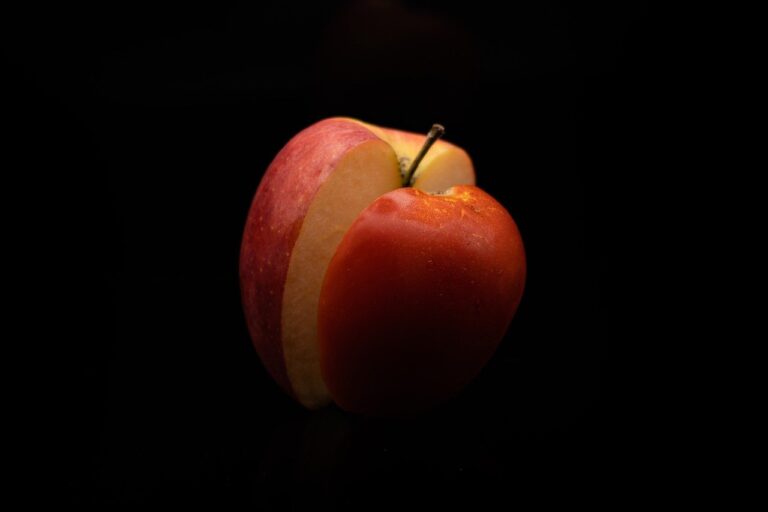Many samples for gas chromatography (GC) consist of considerable amounts of non-analyte materials in the sample matrix. With direction injection, extremely strongly maintained solutes and nonvolatile recurring materials will remain in the GC system post-analysis and might collect to a degree that eventually interferes with ongoing separations. Common symptoms of this circumstance consist of loss of peak location, peak tailing, development of more-volatile breakdown items, increased column bleed, and a greater number and size of ghost peaks. The intro of big amounts of extraneous material may ultimately compromise the instrumentation itself. Solutions include inlet liner replacement, trimming off the beginning of the column, setup and regular replacement of an uncoated precolumn, column bakeout, column solvent washing, and column replacement.
Static and vibrant HSGC are both flexible sampling methods; many kinds of sample can be dealt with by either method. Frequently the option of headspace sampling technique is mandated by regulatory requirements. The analysis of volatiles in pharmaceutical intermediates and products, for instance, is performed with static headspace sampling according to the United States Pharmacopeia National Formulary (USP– NF) General Chapter <467> on Organic Volatile Impurities/Residual Solvents, or with comparable methods that exist in Europe and other locations of the world. In the United States, decision of low-solubility volatiles in drinking water is carried out by vibrant headspace sampling as described in the United States Environmental Protection Agency (USEPA) Method 524.2 for purge-and-trap sampling and capillary GC analysis.
Headspace sampling is a perfect way of introducing a sample into a GC. It avoids the introduction of involatile or high-boiling impurities from the sample matrix and it can frequently be used for the trace or ultra-trace decision of volatile organics with little or no additional sample preparation. Nevertheless, there are lots of factors to consider when establishing a headspace-GC method, from appropriate sampling, matrix adjustment, optimisation of headspace sampler criteria and methods for refocusing the analyte band on the analytical column. This short course will present you to the important principles and useful factors to consider of headspace sampling.
In equilibrium static HSGC, adequate time is allowed for the concentrations of the gaseous elements to end up being stable and reach equilibrium before sample extraction and transfer. For certain samples, such as polymers or solids, the equilibrium state might be difficult to achieve. In such cases, several sample extraction steps might be used, followed either by several GC analyses, one per extraction step, or by accumulation of the products of each discrete extraction in a concentrating trap followed by desorption for a single GC analysis.
Classical wet sample preparation supplies an apparent path to cleaner injections through derivatization, extraction, filtering, and associated strategies that preseparate analytes from polluting sample matrix product. Chemically active treatments might include hazardous materials, which diminish the effectiveness of derivatization by enforcing material security and disposal requirements. In addition, healings and reproducibilities of a multistep procedure might not be as good as more direct techniques that have less actions.
Headspace sampling (HS) keeps sample residues from getting in the GC inlet by holding the entire sample matrix in a vial while moving volatile elements into the GC inlet and column. Nonvolatile pollutants remain behind in the headspace vial and do not build up in the inlet or the column. Chromatographers normally divide headspace sampling into two primary subgenres: static and dynamic. These terms describe how gaseous analytes are eliminated from the sample: either dynamically, by sweeping with inert gas, or statically, by permitting analytes to go into the gas stage driven only by thermal and chemical methods.
Headspace sampling for gas chromatography (HSGC) prevents nonvolatile residue accumulation in the inlet and column entryway while streamlining sample preparation. This installation of “GC Connections” deals with a few of the information of static HSGC theory and practice for traditional liquid-phase headspace samples, with the goal of better understanding and managing the analytical procedure.
It is much better to prevent such difficulties in the first place. In cases where contaminants are volatile enough to be eluted after the peaks of interest, column backflushing may remove the residues by purging the column with reversed provider gas flow. A recent “GC Connections” installment explained the fundamentals of column backflushing (1 ). Backflushing will not work when nonvolatile materials exist. The infecting substances are completely entrained inside the column and no amount of reverse carrier circulation or increased column temperature will remove them.
In static HSGC, the sample is sealed in a gas-tight enclosure– such as the standard 22-mL headspace vial utilized in many labs– and held under regulated temperature level conditions. Volatile material from a condensed (liquid or strong) sample gets in the headspace, the enclosed gas stage above the sample, of the vial. After a period of time a part of the accumulated sample gas is transferred onward to the GC column.
A major difference in between headspace and direct injection lies in the habits of the volatile analytes. When a sample is injected directly into a GC inlet, basically all of the sample product enters the inlet system. For the sake of conversation, we will overlook popular vaporizing inlet impacts such as mass discrimination, thermolysis, and adsorption. In static headspace sampling, the chemical system of the sample in the headspace vial straight affects the transfer of volatiles into the GC column. A clear understanding of this chemical system and its results on the chromatographic results offers analysts with a chance to enhance the quality of their analyses.
Subscribe to Updates
Get the latest creative news from FooBar about art, design and business.
